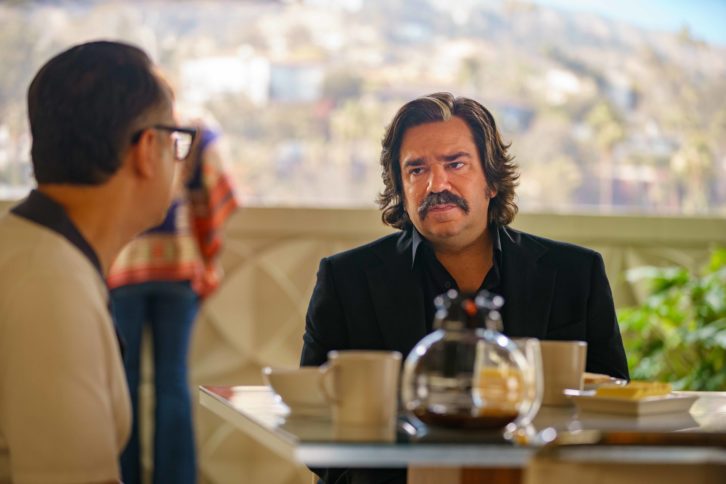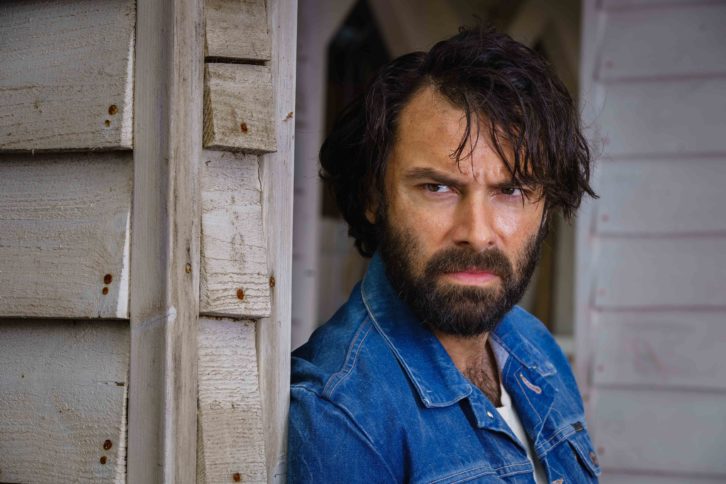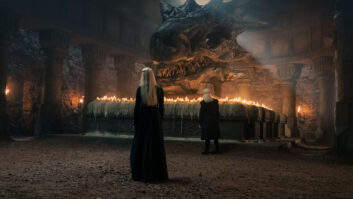Channel 4 sitcom series Toast of London aired between 2012-2015 and followed an eccentric middle-aged actor, Steven Toast (played by Matt Berry), as he spent more time dealing with his problems off stage than performing on it.
The series came to an end after shooting the third season. However, rising from the embers, Matt Berry has brought back his BAFTA-winning comedy creation, Steven Toast in a new 6×30 series Toast of Tinseltown currently airing BBC Two, but this time set in Hollywood, CA.
Produced by Objective Fiction, director Michael Cumming and DoP Pete Edwards, who both previously worked on Sandylands, wanted to follow the same look and feel of the previous series (Toast of London) for the parts set in London, but a different look and feel was needed when moved to Tinseltown.

Colourist Lee Clappison of Suite Post worked closely with the director and DoP throughout the process. “We experimented with lots of ideas to try and subtly change the feel, with some references to the ’70s show Columbo, and some classic Hollywood colours. In particular, Michael wanted to experiment with integrating a classic three-strip Technicolor look.”
Edwards shot the series on the Sony Venice in 4K UHD during which Clappison followed closely to maintain a constant flow of communication between the production and grading stages. “It was a very specific look, we were always mindful of maintaining consistency throughout the series,” Clappison says.
With knowledge of the look Cumming was aiming for, Clappison began emulating the three strip Technicolor process. “I was able to use DaVinci Resolve’s node tree to split out the red, green and blue channels, and experiment with varying combinations of mixing these channels back together. This provided the main part of the recipe for the grade.”

“I loved working on the episode Death Valley, where Toast is in the desert, this seems to really shine with the Technicolor recipe I’d established. The dust and warmth of the scenes, as well as the costumes, especially the double-denim of Aidan Turner’s costume, look amazing.”
Clappison and online editor Matthew Roberts (Suite Post) worked closely in Resolve and Fusion. “We were doing the online at the same time (in another suite), so we could all work together simultaneously and update grades, edits, or effects without any big disruptions,” explains Clappison.
He continues, “The sign-off process was very smooth, and we were viewing everything on matched and calibrated Sony X300 monitors, so whether we were signing off the grade or the online, everything was the same in each suite.”
Alongside the standard online work of the line-up, clocks and credits, Roberts handled more complex tasks. “There was a lot of screen replacement work in two of the episodes, which I used Fusion to do. The background plate was shot in the UK on one camera and the foreground was provided at a different frame rate and colour space from a team in the US.”
In one episode, chroma keying was required for scenes featuring dangerous animals. While some shots were sent to After Effects, others were completed in Fusion. “We had the advantage of keeping the foreground and background separate, so Lee could apply different LUTs as needed, or even help me by removing any green screen spill.”
He continues, “I used the Delta keyer to get a core key and a second key to add fine hair detail, and then combined.” Roberts also completed extra rotoscoping work, in the same effect, if the key had missed anything – again using Fusion’s planar tracker to help, adding a defocus onto the background if needed to help bed it in.
Roberts concludes, “By using Fusion, we could open up the composite and treat each layer separately (for example, by adding different LUTs on each layer), and then grade the composited shot as a whole. It has led to a more flexible approach, and keeps the clients and the grade happy.”
Toast of Tinseltown is available to watch on BBC iPlayer and continues on BBC Two tonight.







